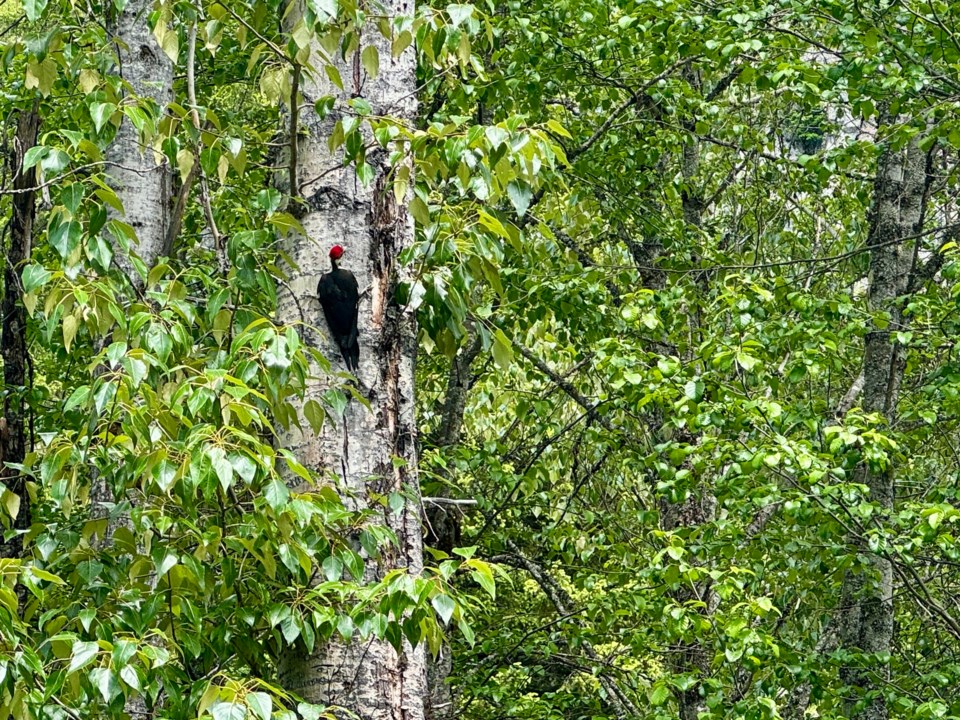A version of this letter was sent to Whistler’s mayor and council, and shared with Pique. The bylaw in question was adopted June 24.
As a Whistler resident and a B.C. Registered Professional Landscape Architect, I am in support of the Resort Municipality of Whistler’s (RMOW) initiative to update and improve the Tree Protection Bylaw, but I strongly recommend you delay its fourth reading and adoption.
I recognize and value the significant work by staff and volunteers on the current draft, however as a resident and a professional I have concerns about its adoption, as scheduled for June 24. Please postpone the fourth reading of this bylaw (for at least three months) to allow for a meaningful consultation with the general public and industry professionals. This bylaw can be much improved by an open consultation.
This bylaw has been drafted by a very restricted focus group. Other than one arboricultural consultant, no other potential applicants (property owners or industry consultants) have had input on its criteria or execution. There has been no published public or industry consultation.
While there are more than 80 names (not signatures) of support on a letter, more than 50 per cent of the signatures come from outside of the RMOW and some as far away as Toronto and Australia.
This is a bylaw that affects Whistler residents, property owners and industry professionals.
Property owners, architects, landscape architects, builders, real estate agents all will be the applicants of such a bylaw, yet none have been consulted.
A public draft of the bylaw has only been available for two weeks, so I suggest more time to review and discuss it thoroughly with industry associates, to provide meaningful input. The following points are just a few of my professional comments and suggestions to improve the bylaw:
• Tree Definition—should be modified to be >20cm (not >15cm as proposed) to be consistent with typical B.C. municipalities and industry standards;
• Riparian Areas should not be included in this bylaw, as these areas are already protected under B.C. provincial regulations, this may be redundant and potentially conflicting. Delete Section 16 Trees in Riparian Areas;
• Tree Density Minimum Ratio (TDMR) zones should be adjusted to include RSI-1 (Residential infill zone) and lots developing under SSMUH (provincial density infill) within the 40 TPH- (Trees per hectare), not 60 to be included with other multi-residential zones. Parking zones should be moved to the 60 TPH, as parking lots should have more canopy cover to reduce heat island effects;
• “Significant Tree Retention” should count as the equivalent of three (3) trees (>15cm), to recognize the benefit of that “significant” biomass and be consistent with the requirements for replacing a “Significant Tree” (three replacements required);
• All trees within a building envelope should be exempt from permits or replacement requirements, where the required TDMR is achieved elsewhere on the subject property.
• Exemptions should: not exclude the RMOW (follow your own bylaws, as with other building bylaws); 6 (f) “the cutting is related to fire-fighting and wildfire mitigation …” should not be limited only to public entities. Wildfire mitigation is everyone’s responsibility; 6 (l) should not limit branch pruning of a significant tree to two metres hanging. This should be increased to not inhibit access, walkways, gardens—suggest four metres.
In closing, we live in a community that arguably has more biomass than any municipality of our size or population in B.C. The example of un-treed lots in the staff presentation to the committee of the whole are extreme and limited situations. The majority of properties in Whistler, even if they have fully cleared a site for construction, are well planted within a few years.
Delaying the adoption of this bylaw, communicating with the public that the bylaw allows warranted cutting without permits, and holding an open consultation will make this a more efficient and effective bylaw. There is no real risk to trees delaying this adoption. An open consultation will result in a better bylaw, with greater conformance and achieve our environmental goals as a community.
Thank you to staff and council for their hard work and openness on this valuable bylaw.




